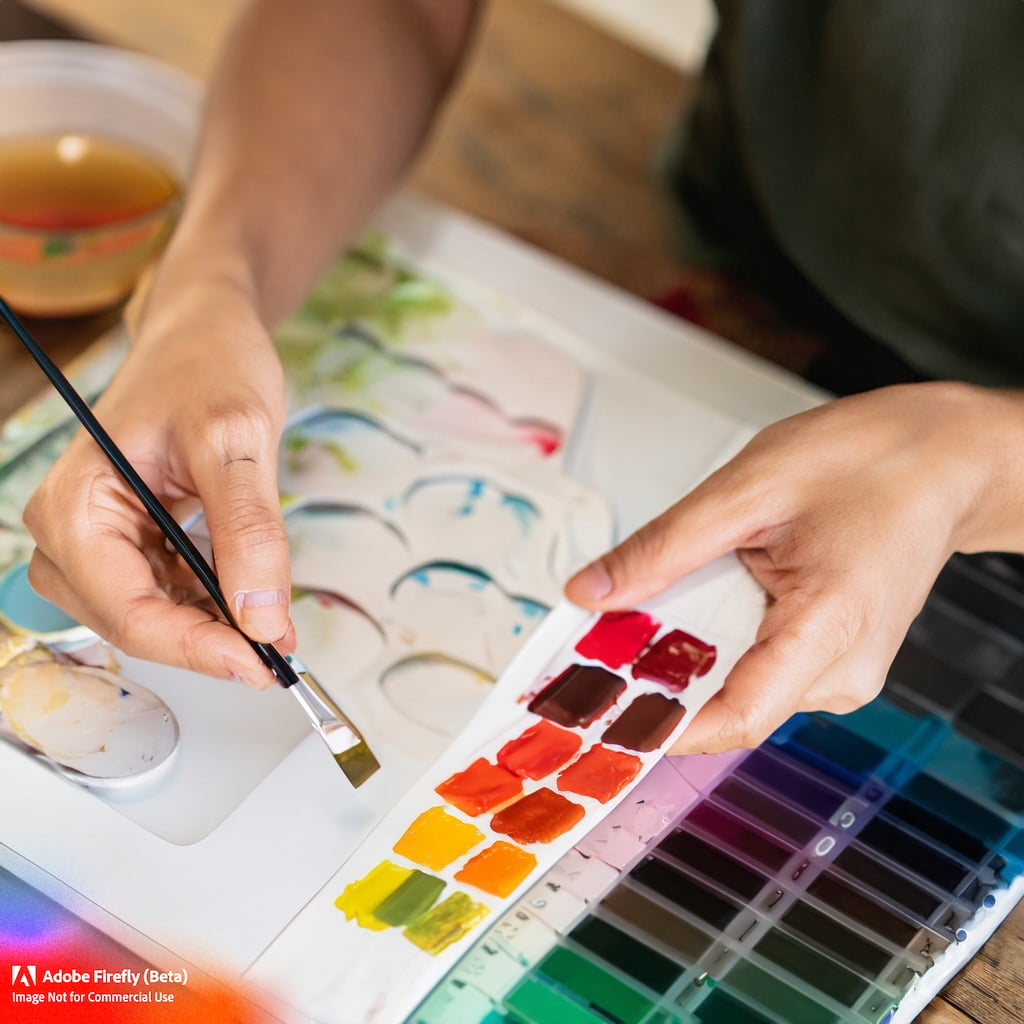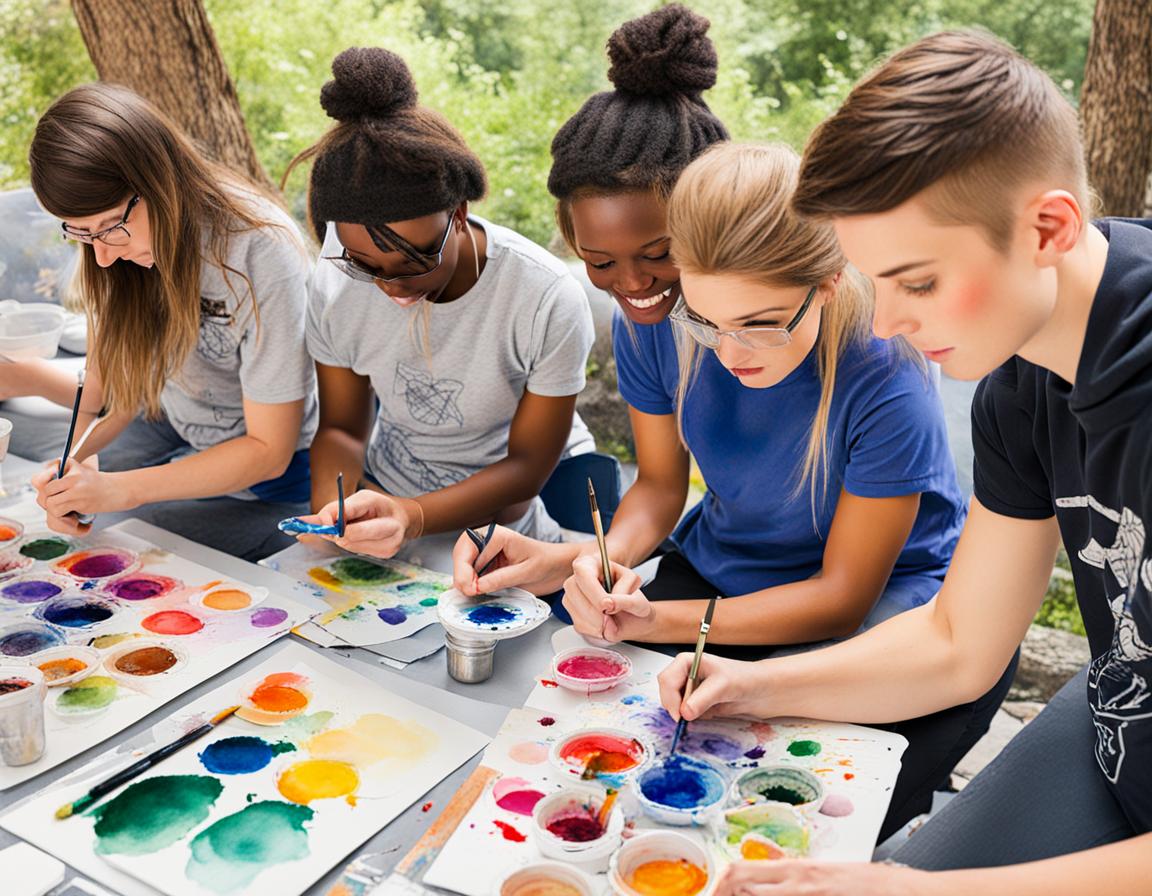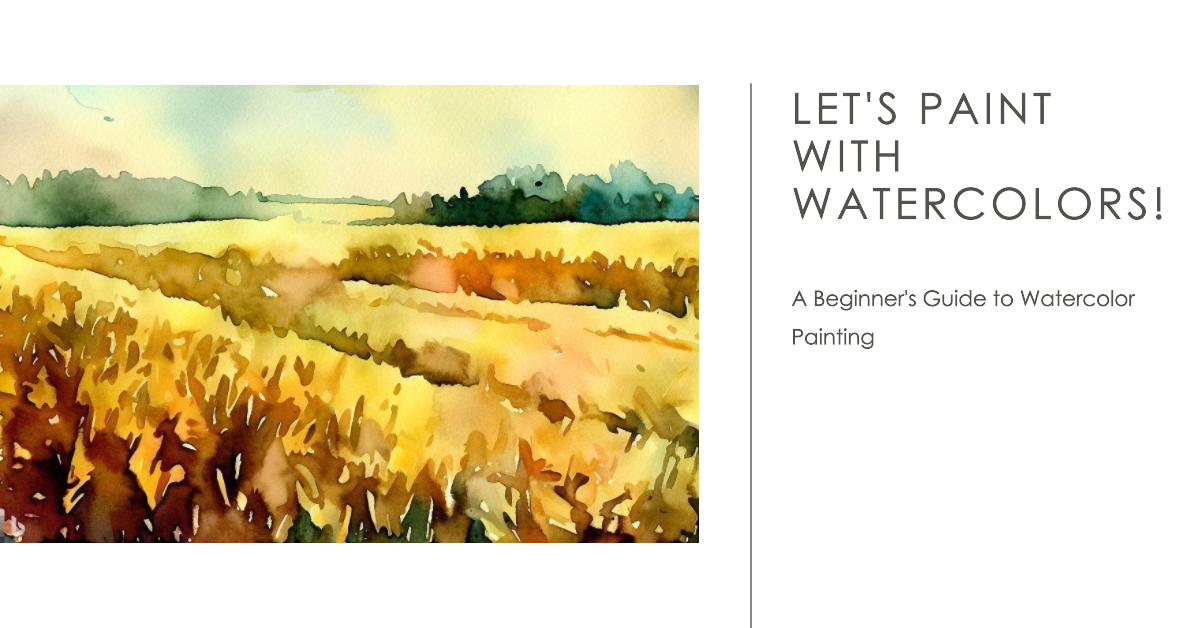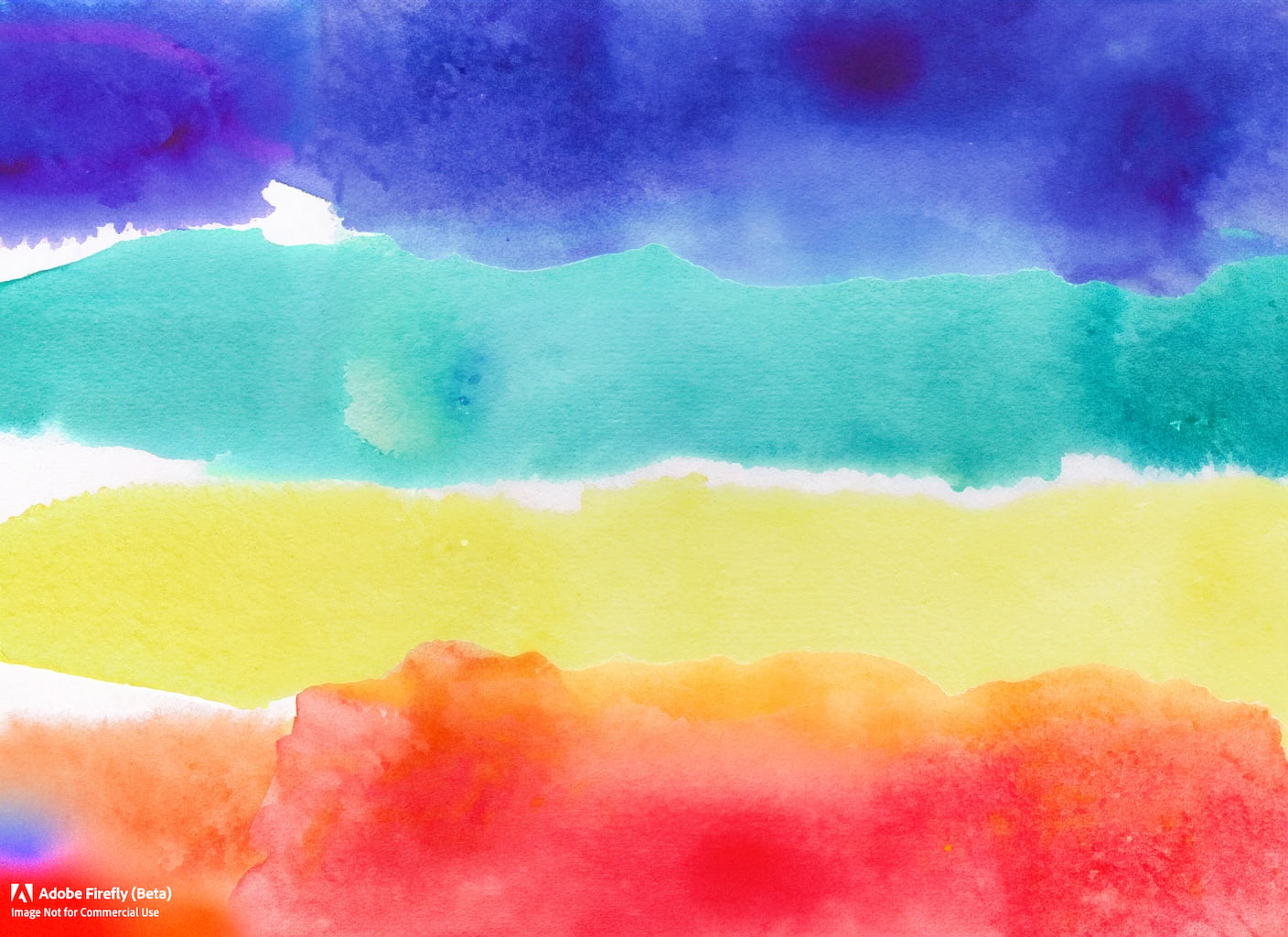Watercolor painting is a captivating art form that allows artists to create beautiful and vibrant artworks. One of the fundamental skills in watercolor painting is learning how to mix watercolors effectively. By mastering the art of color mixing, artists can achieve a wide range of hues, shades, and tones, adding depth and dimension to their artwork. In this article, we will explore the techniques, tools, and tips that will help you become proficient in the art of watercolor mixing.
Introduction
Watercolor mixing is the process of combining different pigments to create new colors and achieve desired shades. It plays a crucial role in the overall success of a watercolor painting, as it allows artists to capture the nuances of light, shadow, and atmosphere. Whether you’re a beginner or an experienced artist, understanding how to mix watercolors opens up endless possibilities for creativity and self-expression.
Understanding Watercolors
Before diving into the world of watercolor mixing, it’s essential to have a basic understanding of watercolors themselves. Watercolors are a type of paint made from finely ground pigments suspended in a water-based solution. They are known for their transparency, luminosity, and delicate, ethereal qualities. Watercolors can be found in tubes or pans, with each form offering unique advantages.
Essential Tools for Watercolor Mixing
To begin your watercolor mixing journey, you’ll need a few essential tools:
- Palette: A palette provides a surface for mixing and holding your watercolors. It can be made of plastic, ceramic, or a special non-porous material. Ensure it has wells or compartments to separate different colors
- Brushes: High-quality watercolor brushes come in various shapes and sizes, such as round, flat, or mop. Different brush sizes allow for precise control over the amount of water and pigment you pick up.
- Mixing dish: A mixing dish, often included in watercolor palettes, is used to dilute and mix colors. It should have enough space to allow for easy blending.
- Water container: Keep a container of clean water nearby to rinse your brushes and dilute colors as needed.
Color Theory Basics
To effectively mix watercolors, understanding the basics of color theory is essential. Here are a few key concepts to keep in mind:
- Primary, secondary, and tertiary colors: The color wheel consists of primary colors (red, blue, and yellow), which can be mixed to create secondary colors (orange, green, and purple). Tertiary colors are achieved by mixing primary and secondary colors.
- Color temperature: Colors can be warm (reds, oranges, yellows) or cool (blues, greens, purples). Understanding color temperature helps create a sense of mood and atmosphere in your artwork.
- Color value and intensity: Value refers to the lightness or darkness of a color, while intensity refers to its saturation or brightness. By adjusting value and intensity, you can create depth and contrast in your paintings.
Video on How to Mix Watercolors
Check our article on Color Wheels: The Ultimate Guide to Color Wheels
Mixing Techniques
Watercolor mixing can be achieved using various techniques. Here are a few commonly used methods:
- Wet-on-wet technique: Wetting the paper before applying paint allows colors to blend seamlessly, creating soft, diffused edges.
- Wet-on-dry technique: Applying paint to dry paper provides more control and sharper edges, ideal for detailed work.
- Glazing: Layering translucent washes of color on top of each other creates depth and richness. Allow each layer to dry before applying the next.
- Gradated wash: Gradually transitioning from light to dark or vice versa within a single wash adds dimension and creates smooth gradients.
Creating a Color Chart

A color chart is a valuable tool for understanding and organizing your watercolor palette. Follow these steps to create your own color chart:
- Organizing and labeling the chart: Divide your palette into sections and label each section with the corresponding color name.
- Mixing primary and secondary colors: Begin by mixing primary colors to create secondary colors. Experiment with different ratios to achieve varying shades.
- Creating color swatches: Paint small squares of each color on your chart, allowing the pigments to dry. This chart serves as a reference for future mixing.
Color Mixing Tips and Tricks
To enhance your watercolor mixing skills, consider the following tips:
- Starting with lighter colors: Begin with lighter colors and gradually add darker shades to avoid overpowering the mix.
- Gradually adding darker colors: Add darker colors incrementally to achieve the desired shade, rather than starting with a dark color and trying to lighten it.
- Using a limited palette: Using a limited number of colors allows for better color harmony and simplifies the mixing process.
- Mixing complementary colors for shadows: To create shadows, mix complementary colors (opposite each other on the color wheel) to achieve a more natural and dynamic effect.
Experimenting with Different Techniques
Watercolor painting offers countless possibilities for experimentation and creative exploration. Consider trying out the following techniques:
- Layering and blending: Layering transparent washes of color on top of each other creates depth and subtle variations.
- Salt and alcohol effects: Sprinkling salt or applying alcohol to wet paint produces interesting textures and patterns.
- Masking and resist techniques: Using masking fluid or wax crayons to preserve areas of the paper from paint creates highlights and adds texture.
Common Mistakes to Avoid
While experimenting with watercolor mixing, be mindful of these common pitfalls:
- Overmixing colors: Overmixing can result in muddy colors and loss of vibrancy. Allow colors to blend naturally on the paper.
- Using too much water: Adding excessive water to your pigments can dilute the colors and weaken their intensity. Practice using the right amount of water for desired effects.
- Not testing colors before applying: Always test your mixed colors on a separate piece of paper before applying them to your artwork to ensure desired results.
Troubleshooting and Correcting Mistakes
Watercolor painting allows for flexibility in correcting mistakes. Here are a few techniques to fix common errors:
- Lifting color with a clean brush: Dip a clean, damp brush into water and gently scrub the area you want to correct to lift excess pigment.
- Adding white gouache for highlights: If you need to create highlights, use opaque white gouache to add accents after the watercolor has dried.
- Using masking fluid for precision: Masking fluid can be applied to protect specific areas from paint. Peel off the dried masking fluid to reveal the untouched areas.
Practice and Patience
Becoming proficient in watercolor mixing requires practice and patience. Embrace the journey of learning and allow yourself to make mistakes. Explore different color combinations, techniques, and subjects. Engage in regular practice sessions to refine your skills and develop your own unique style.
Conclusion
Mastering the art of watercolor mixing opens up a world of creative possibilities. By understanding color theory, experimenting with various techniques, and honing your skills through practice, you can create vibrant and captivating watercolor artworks. Embrace the joy of mixing watercolors and let your imagination flow onto the paper.
FAQs
Q1: Can I mix watercolors to create black?
A: While you can technically mix multiple colors to create a dark hue, using a tube of black watercolor paint is more efficient and produces richer blacks.
Q2: How do I prevent muddy colors when mixing?
A: Avoid overmixing colors and be mindful of the pigments you’re combining. Start with clean brushes and rinse them well between color transitions.
Q3: Can I mix watercolors with other mediums?
A: Watercolors are typically mixed with water, but you can experiment with adding other mediums like gouache or acrylic ink for unique effects.
Q4: What is the best way to clean watercolor palettes?
A: After removing excess paint with a paper towel, gently wash your palette with warm water and mild soap. Scrub with a soft brush or sponge to remove any stubborn pigments.
Q5: How long does it take for watercolors to dry?
A: The drying time varies based on factors like humidity, paper thickness, and the amount of water used. Generally, watercolors dry within a few minutes to a couple of hours.


